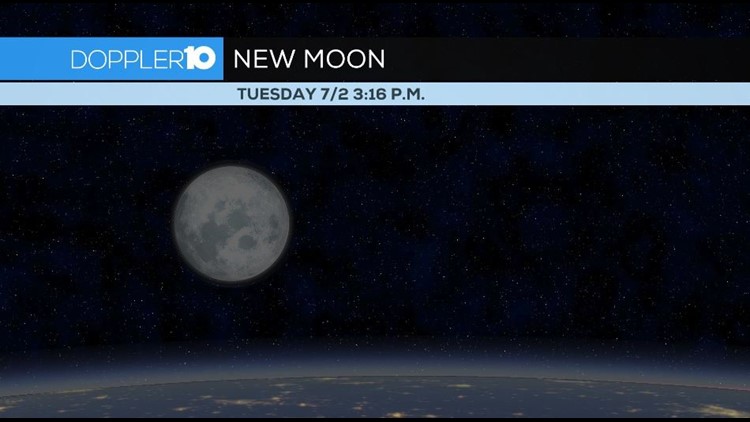A dark sky will make finding your favorite constellations that much easier this week. The New Moon will officially arrive 3:16 p.m. on Tuesday.

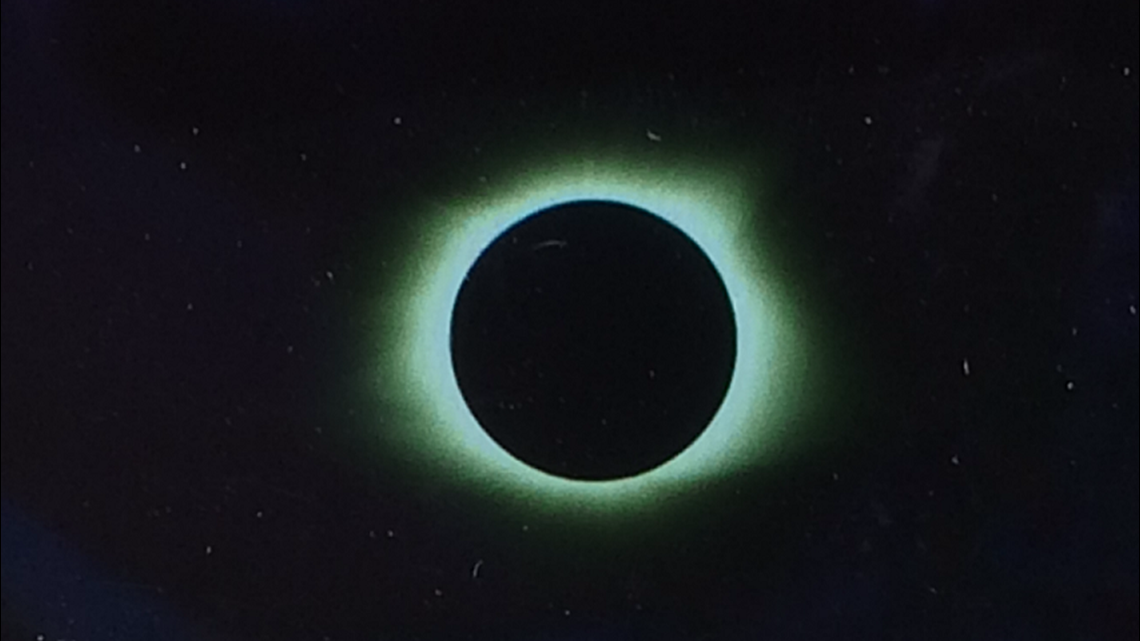
Tuesday, will also see a total solar eclipse in South America. This will be the first total solar eclipse since the Great American Eclipse two years ago. On a personal note, I drove down to Kentucky on August 21, 2017 and watched it. It was by far one of the coolest, most awe-inspiring things in my life.
Sadly, you’ll have to go to Chile or Argentina (or better yet, take a boat out into the middle of the Pacific for the best views) to see it. But we will have another total solar eclipse on April 8, 2024. Part of the path of totality will pass through northwest Ohio. Of course, Ohio isn’t exactly the sun capital of the world, but I’ll make sure to drive somewhere with clear skies for this one. Click here for a link to watch Tuesday's event.

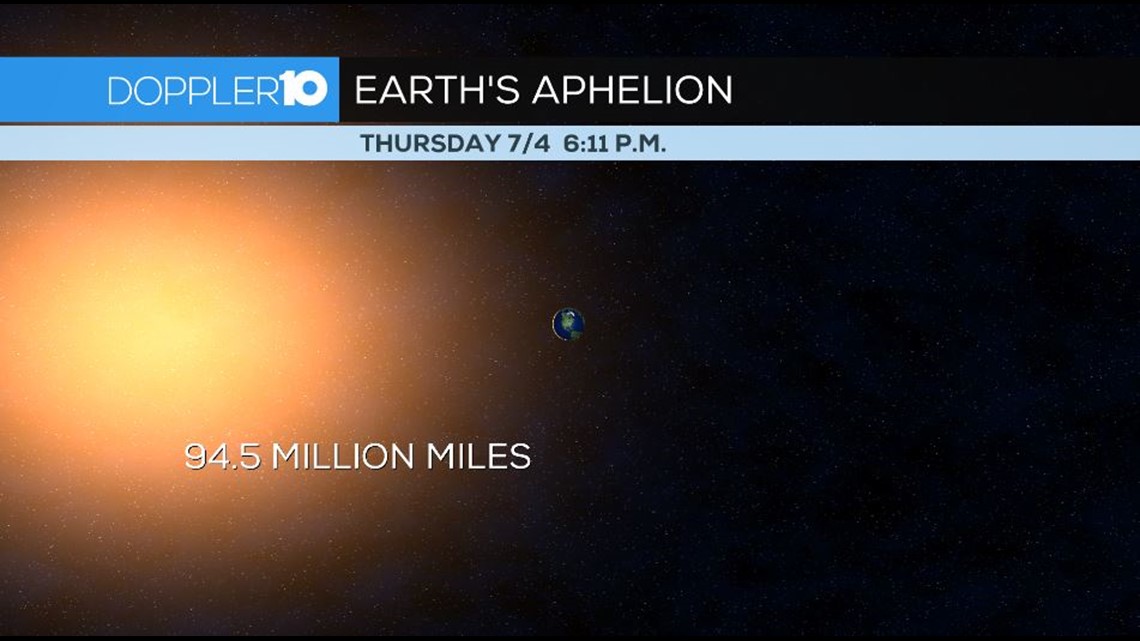
The Earth will reach a milestone this week as well. On Thursday, just after 6:00 p.m., the Earth will be about 94.5 million miles from the sun. This may not sound like a big deal, but this is known as the aphelion. This is when the Earth and the sun are farthest from each other for the year. It also underscores how the Earth’s distance from the sun is NOT the main driver of the temperature. It’s actually the angle of the sun that’s responsible for the seasons.

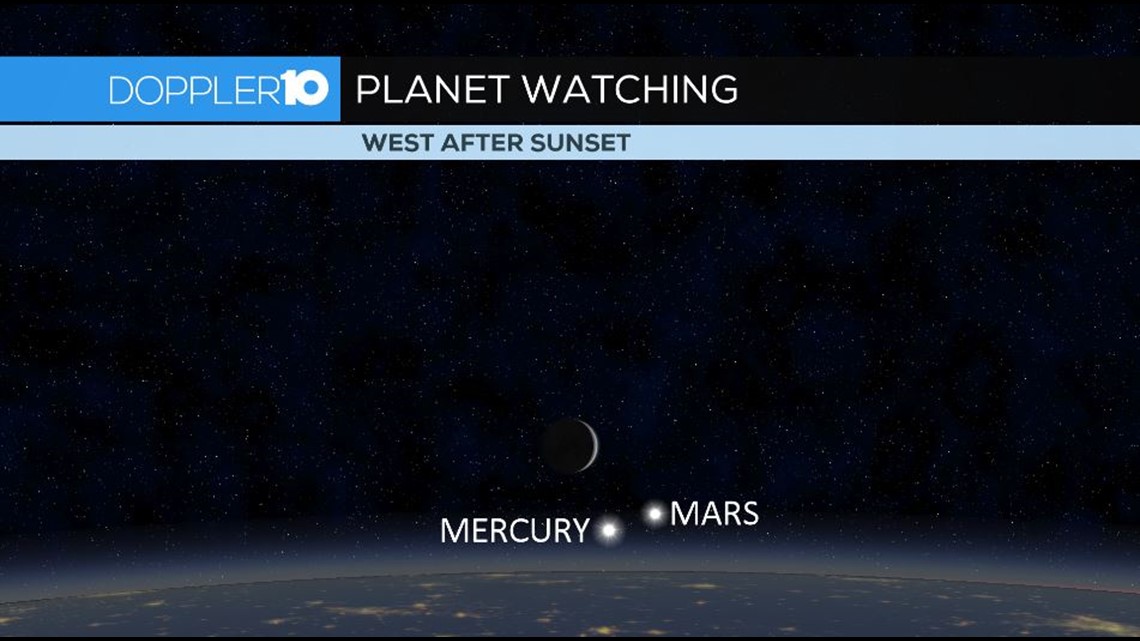
On Thursday night, look in the western sky about 40 minutes after sunset. Close to the horizon you’ll see a young “fingernail” moon and just below and right of it, you’ll see the planets of Mercury and Mars. You will need a clear view of the horizon to see the trio.

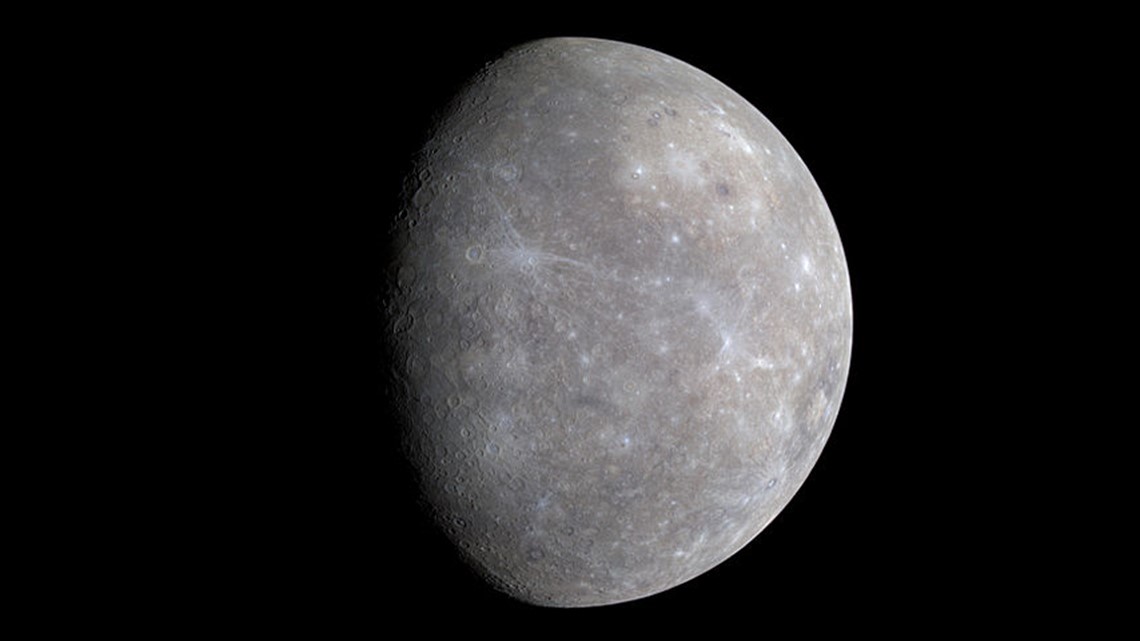
Mercury will “pause” in the sky around midnight on Saturday morning. Because our planet is moving and the other planets are moving as well, there are times in their orbits that they move with the backdrop of the stars and times when they appear to be moving against it. When a planet moves from prograde to retrograde motion (or vice versa), the point that it changes its apparent motion is when it appears stationary. That’s what will happen early on Saturday morning. Happy hunting!


